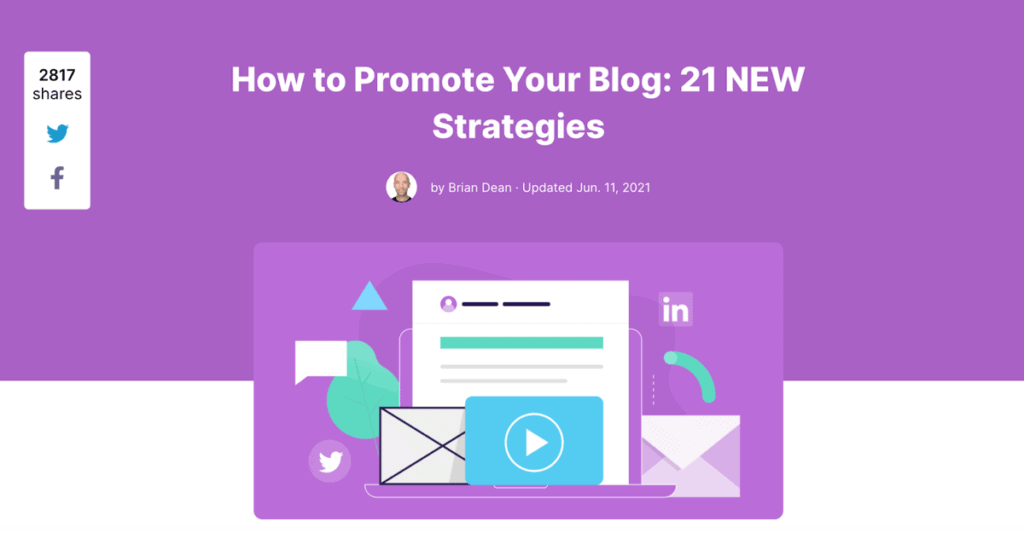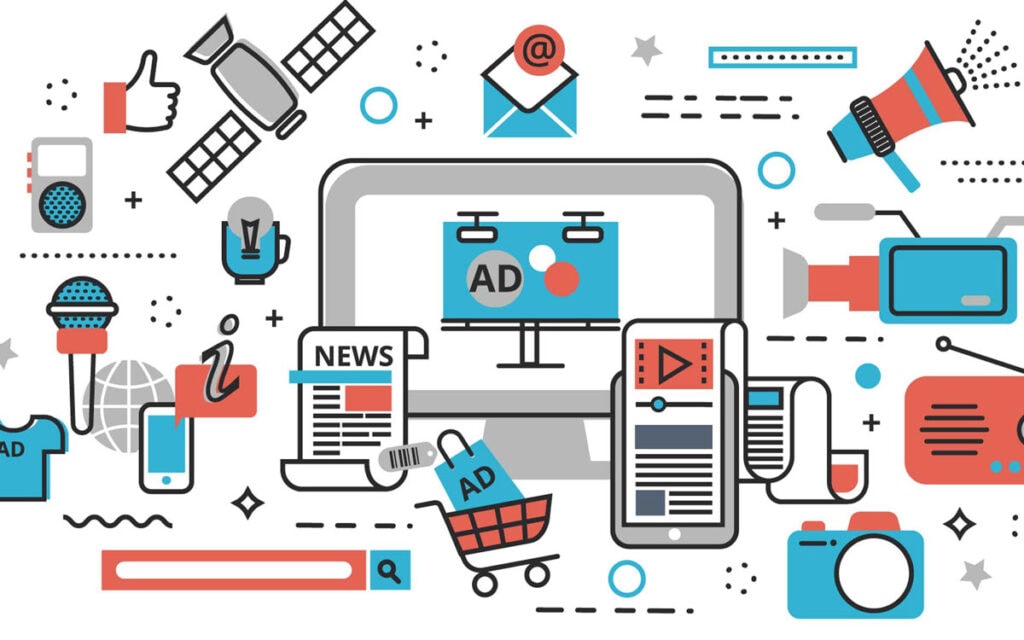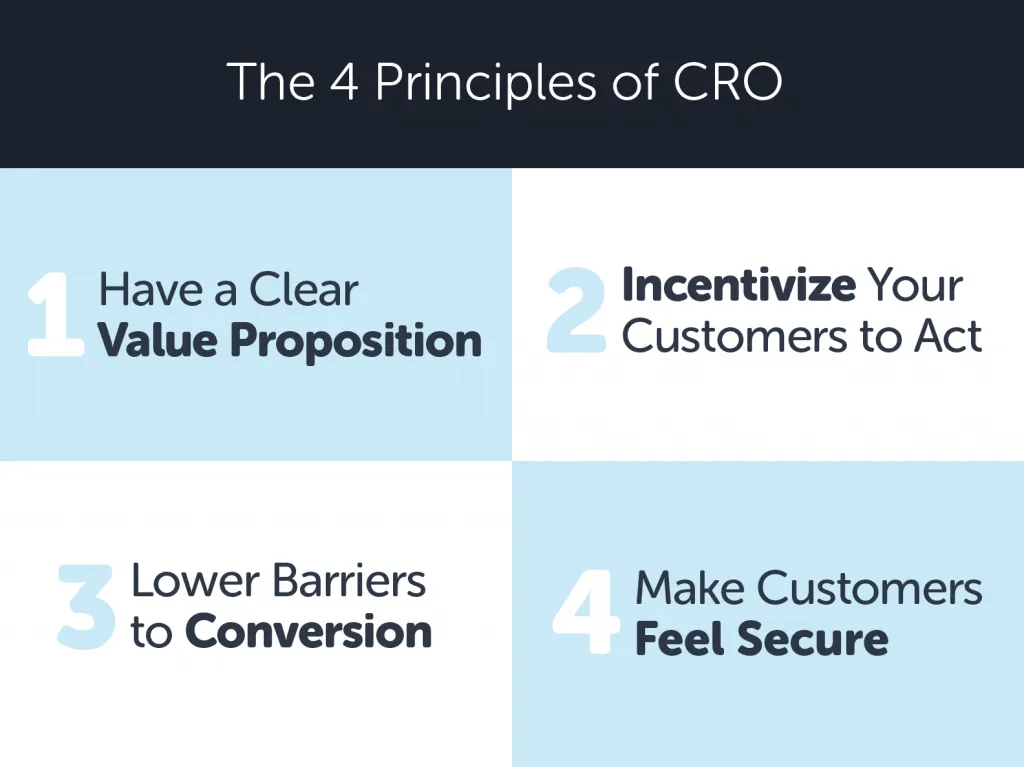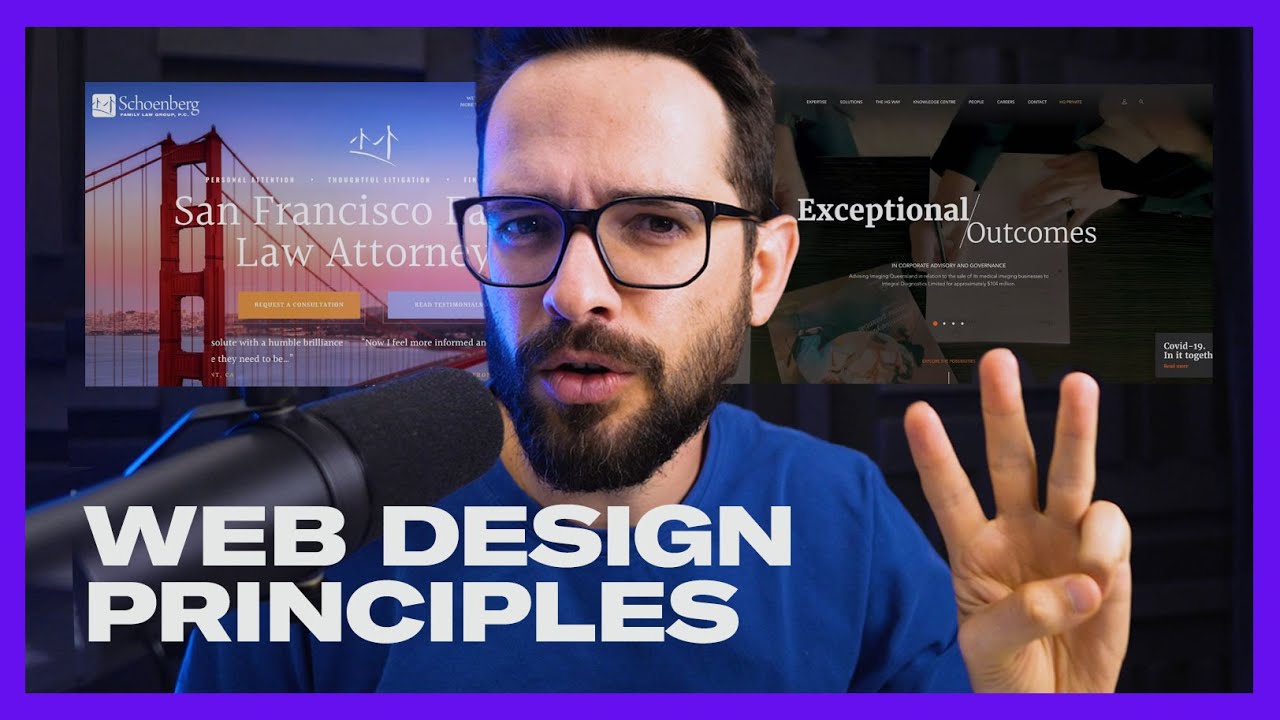
03 Mar Digital Marketing and Web Design: Does it Matter?
Digital Marketing and Web Design: Does it Matter?
Any website developer or marketing expert that provides effective web design services will tell you that your website is the core of your digital marketing plan.
Everything you do online leads back to your website, whether digital channels like Google Ads, email marketing or social media. So, it is no surprise that digital marketing and web design are directly related.
The design and functionality of your website also impact your potential customer’s experience. You want to make an excellent first impression – don’t you?
Design elements like your sitemap (the hierarchy of your website pages), branding, and search engine optimisation (SEO) all play into your overall presence. It would help to consider all these factors when considering digital marketing and web design.
After all, your website is your most powerful tool in helping you rank better online (and higher than your competitors).
Let’s look at the why’s and how’s of the impact of digital marketing and web design.
Essential Elements of a Great Web Design
Nowadays, there are so many elements you can include in your website – it can be overwhelming for any marketing team to consider.
However, when designing a website, you have to put your customer’s needs at the forefront. That plugin may have some exciting features, but does it benefit your customer and improve their experience on your website?
How you choose to organise and display the information on your website is essential. One of the essential web design services you will receive is to design your website for humans and not robots. Here are some crucial factors to consider while developing a website.
1 – Just the Right Amount of Content

The average person spends roughly two minutes reading content online. If you have too much content on your website, they will disconnect and probably leave. They will leave without getting to the good part – the solution to their problem and the reason for purchasing from you.
Make sure you identify their problem and identify your solution right off the bat. Once they land on your homepage, right before they start scrolling, include your positioning statement or your “elevator pitch”.
In one to two sentences, identify their problem and the solution your company provides. If they want more information, they can start looking for it through your website.
You have to balance your audience’s needs and what search engines need. Content also contributes to your Search Engine Optimisation.
Google and other search engines look at how much content is on your website, what keywords are used and how it is structured.
But remember, write for humans, not robots! Google has almost levelled up to a human comprehension with how it scans websites anyways.
2 – It Fits Any Screen Size
On average, 53% of people browse the internet from their mobile devices; this could be their cell phones or tablets.
Therefore, you exclude over half of your potential customer base if your website is not mobile responsive; this means that your website and its components (content, images, etc.) adjust and move around to fit the size of whatever screen it is displayed on.
Your customers may become annoyed that they have to manoeuvre around your website to find the information they need or see the other half of that image. So, to improve user experience, consider a responsive design when you first start creating your website.
3 – Give Them a Call to Action

Let’s face it – humans are relatively stagnant beings. Unless they are challenged to change, they will remain in the same state.
So, if you do not give your potential customers an action to follow when they visit your website, they probably won’t do anything with the information on your products or services.
You need to give them a clear Call to Action (CTA); this is a clear definition of what you want them to do after landing on your website. For example, have you seen those big “Buy Now” buttons on websites? Well, that is a Call to Action.
So, do you want them to order directly from your website? Do you want them to request a quote? Should they give your team a call? Let them know with your Call to Action.
4 – It’s About the Visuals
Most people are all about visuals. However, low-quality graphics that have nothing to do with your business will only turn off and confuse your website visitors.
Instead, by implementing high-quality photos relevant to your company and its brand, you will help create a better experience on your website.
Implementing visuals will also provide a sneak peek into your business and brand. Your audience can get to know you through your website. So think about including visuals such as icons, videos and photos of your products, services, or team.
Another tip for visuals is to use your keywords when you name the images you upload to your website. Search engines look practically everywhere for those keywords.
5 – Optimised for Search Engines

Google is constantly scouring websites like yours for the best information to provide those using their search engines.
Ensure that your website is optimised to feed the hungry search engine bots with the information they find valuable. Include important keywords throughout your website in the headers and content. Even implement technical SEO tools like meta tags and Schema.
Search engine optimisation can also include improving page speeds, producing high-quality content like a blog, and including backlinks.
6 – Your Website is About Your Customer
While certain features may seem cool to you or make things easier for your operation, they may complicate your customers’ lives.
Your website is often the introduction made by your company, and it is your customers utilising your website. Therefore, when designing your website, you have to put your customers front and centre.
Think about what features and layout will provide the best user experience.
Even what you write has to be about your customers. While it may be interesting that your company has been around since the 1940s, it is not necessarily something that benefits your customers.
Focusing on solving your customer’s problem instead of focusing on yourself will have a much better chance of your message resonating with your audience.
When they see that you have addressed their three questions on your website, they say, ‘Hey, that is for me.’
Impact of Digital Marketing and Web Design

The first step in any Digital Marketing Strategy is the website. Your website is the point to which everything you do with digital marketing, including email marketing, social media, and pay-per-click ads, points back to.
With any of these marketing tactics, you should instruct your potential customers to go to your website to learn more, whether it is about your products or how to make their purchases.
Since your website is the first step in your marketing strategy, it is evident that how you design and optimise your website will impact other aspects of your digital marketing strategy.
How your website is designed will impact your search engine optimisation (SEO) or rank online. It can even impact how your pay-per-click ads, like Google Ads, perform.
For example, your campaign’s performance can be impacted if your website landing pages are not optimised or match what you are saying in your digital marketing and web design.
Even look at social media marketing – if your brand experience on your website and your social media accounts don’t line up, it can impact your brand recognition.
So, before you even think of tackling any online marketing tactics, make sure that your website is optimised for your customers and the finicky search engines.
Why Does Web Design Influence SEO?
Web design impacts user experience, which in turn affects search engine rankings. Search engines like Google want to provide those using their services with the best results possible.
These websites will give them the solutions for their problem and the best experience. Therefore, search engines will put websites that will provide the best user experience at the top of the list.
If visitors don’t like your website, they will let you know right away by hitting the back button. Search engines will pick up on the lack of time spent on your website and lower your ranking.
So, even though your website is “talking” back and forth with bots, your digital marketing and web design should be developed for humans, not robots. A well-designed website has easy-to-navigate pages, readability and fast page speeds. User-friendly websites always gain more traffic.
Your Website’s Impact on CRO

Conversion rate optimisation, or CRO, is the process of increasing conversions from your website and transforming visitors into actual customers.
There are several steps that your customers follow, from just getting to know you to buying your products.
Your customers go through a journey with your business through knowledge, like, trust, try, buy, refer and repeat.
You want your website visitors to stick around on your website to get through as many of the steps on their journey as a customer as possible to reach the point where they will reach the ultimate goal – doing business with you.
Wow, your website needs to accomplish a lot!
If people who land on your website don’t find what they need quickly, they will leave your website and most likely never come back.
In the end, those searching online for your product or service are looking for a solution to their problem. So, the better the experience, the more likely they will come back and even get to where they purchase.
And remember, use a compelling Call to Action (CTA) with language that resonates with your target audience. People won’t take action unless they are challenged.
Plus, you want to make the buying process as easy as possible. So please don’t give them a reason to back out.
Your Site Reflects Your Brand
Sometimes your website is the first introduction to your company for new customers. Ensure that your website appropriately represents your brand.
Then if they were ever to stumble across any pieces of material with your brand in the future, they would immediately think back to your website.
Now, “brand” is a broad term. Many design elements make up a brand, such as your logo, messaging, colours and images. You can implement them all on your website.
But the one common thing about branding is consistency. You want to ensure that your brand is consistent across all materials, including your website.
This consistency must also be maintained within your website between the different pages, whether your homepage, service, or contact page.
Make sure to factor your brand in when you design a website. Then, carry those branding features across into your other marketing materials.
Remember Your Audience When Combining Digital Marketing and Web Design
A well-designed website with content relevant to your audience will always win the race. User-friendly websites are easy to navigate, clearly layout the information your customers need, and are quick to load.
And user-friendly is the keyword. Your customers are the main driving force when designing a website. Remember, your website should be designed for humans, not robots.
While your web design impacts SEO, in the end, user experience is the top priority for you and search engines.
On that note, your website is the foundation of your digital marketing strategy.
All traffic that comes through organic and paid search, social media and other platforms will always lead to your website. Once people get there, they must understand what you offer and what steps they need to buy your products or service.
Suppose you are a web developer or teaming up with one to create a new website or update your existing one. In that case, it is essential to remember the fundamentals of digital marketing and web design when you start the design process.
The post Digital Marketing and Web Design: Does it Matter? is by Stuart and appeared first on Inkbot Design.



